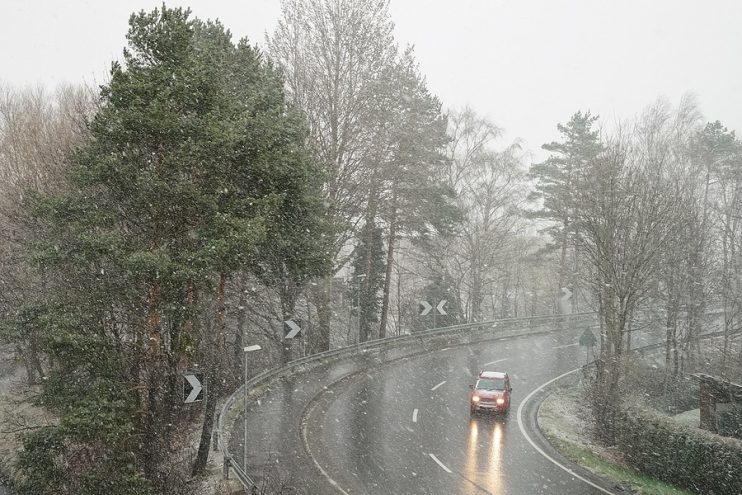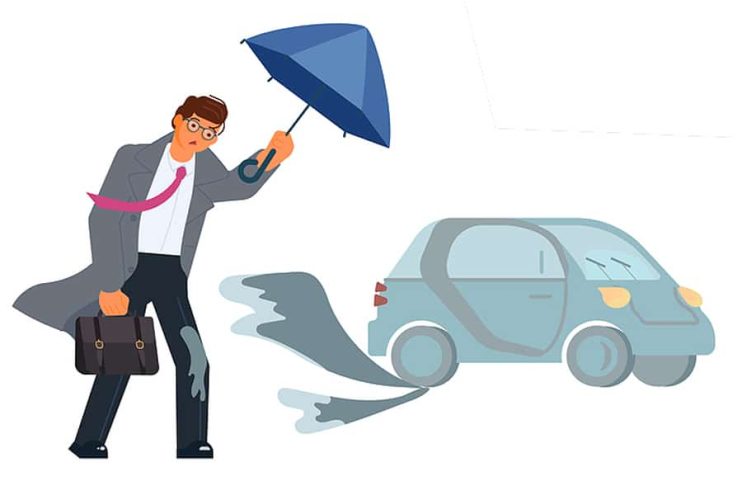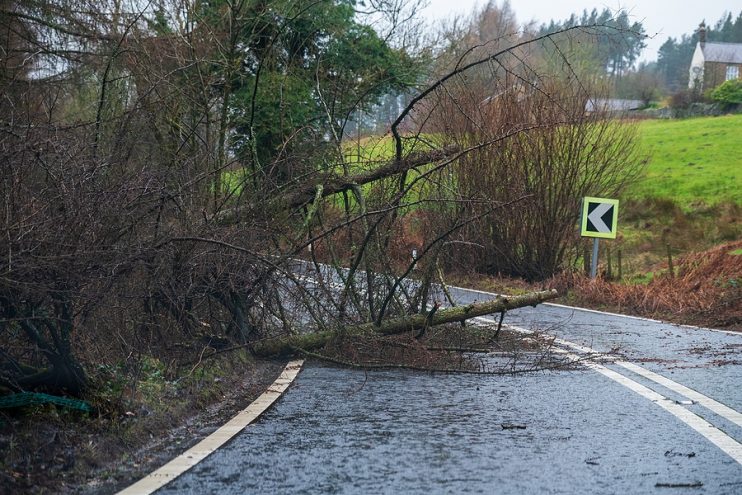
It’s easy to forget that windy weather can be every bit as hazardous as ice, rain, or snow. Gale force weather can often create gusts and sudden pockets of air that can catch even the most experienced driver unawares. As with all dangerous conditions – we’d always recommend that you avoid travelling in severe weather. But if you do have to make that journey in high winds, what’s the best way to stay safe?
Before you set off on your journey in windy weather
These tips can make sure that the proper preparation keeps wind disruption to a minimum:
Plan Your Journey
Conduct a little research before you embark to find the most sheltered routes, keeping you away from windy weather. Remember to also let your friends and family know you’re travelling in adverse conditions and what time to expect you, so they’ll know something is wrong if you take too long to show up.
Keep an Eye Out
News media and local reporting can be your best friend, updating you on road closures and the traffic situation. Paying close attention to radio broadcasts, social media and Sat Nav applications ensures that you avoid traffic jams and congestion.
Pack Provisions and Supplies
If there’s a chance you could become stranded due to wild weather – or your chances of experiencing a breakdown have increased, then a stash of the right provisions will help you get through any difficulties. We’d recommend warm, waterproof clothing and shoes, a fully charged smartphone and charger, and some good food (such as chocolate or biscuits) and water.

Expect Delays
When the wind is up, the chances of disruption and set-backs can increase. Expect tailbacks, speed restrictions and bridge closures, especially for large vehicles or those towing trailers. Debris and fallen branches can also cause roads to be shut down, leading to diverted traffic. Be aware of these potential complications and build in an extra time margin into your overall journey plan.
Check your Facilities
Wind is often only part of a range of bad weather that the colder seasons throw at you; expect rain or even sleet in the worst conditions. Before you set off, make sure your wipers, tyres and lights are all functioning correctly, and consider leaving the rooftop box, luggage containers or any kind of trailer at home – as these increase your vehicle’s surface area, making it more susceptible to crosswinds.
When you’re out on the road in windy weather
Wind can impact the motion of your car on the road. Follow this advice to minimise the effects of adverse weather conditions:
Speed Restriction
High-speed gusts of wind can blow underneath your vehicle, altering its handling and braking – and taking you by surprise. The faster you drive, the more challenging it is to keep consistent control whilst being battered by crosswinds. Reduce your speed to get back full control. Additionally high sided vehicles are more likely to be affected by crosswinds – so take care if you’re driving a truck or a van.

Hold your Course
High speed winds are very rarely consistent. Gusts of high-pressure air can blow and bluster, catching you off guard. Try to adopt a firm but relaxed grip on your steering wheel, as holding onto it too tightly can restrict your movement, causing you to jerk in response to a sudden strong wind. Keep your concentration and you’ll be able to maintain your position on the road.
Additionally, be extra vigilant when you’re driving in built up areas. Be prepared for sudden gusts when driving past taller buildings and into tunnels, as these can act as funnels for air. Exposed stretches of road can also be treacherous, and be ready for swirls and gusts of wind blowing across open areas of land.
Overtaking
Trying to pass high sided vehicles in strong winds can be particularly hazardous. Because of the large surface area of larger vehicles, you may be caught out as you pass them – with a large gust of wind sideswiping your car. Be prepared for this change in air pressure, and only try to overtake if you are certain that it is safe and you’re not going to get caught out by the wind.
Be Aware – Other Drivers
When the wind is up, everyone on the road is affected. Be kind and give other drivers, particularly cyclists, motorcyclists, and larger vehicles, such as lorries and busses, a little more room than usual. All these vehicles are vulnerable to gusts and billows, and may suddenly take evasive action, swerving across the road. Give them that bit of extra room (consider upping the 2 second rule to 3 seconds) and keep your wits about you – if the vehicle in front seems to be caught in crosswinds, then the chances are you’re going to be similarly affected.

Branches and Blocking
Strong winds can dislodge twigs or branches, blocking your way in the road. Watch out when turning corners, particularly on country roads, as you never know what’s around the bend – and it could be a felled tree or a large branch – which if you hit it could cause damage (or worse) to you and your car.
Be aware that at night partially fallen trees can escape your headlights, so drive a little slower and be extra cautious. And remember that whilst local services will clear blocked roads, it will take time, so be aware when driving around in the morning after strong winds or a storm.
Our Final Word on Windy Weather
Always try to leave your car in a safe space – especially under windy conditions. Find a spot away from tall trees, buildings, telegraph poles or anything that could pose a threat to your car should high winds blow it over. It might take a little longer to find a place, but it’s better to be safe than sorry.

.png)